Related Research Articles

Sidonie-Gabrielle Colette, known as Colette, was a French author and woman of letters. She was also a mime, actress, and journalist. Colette is best known in the English-speaking world for her 1944 novella Gigi, which was the basis for the 1958 film and the 1973 stage production of the same name. Her short story collection The Tendrils of the Vine is also famous in France.
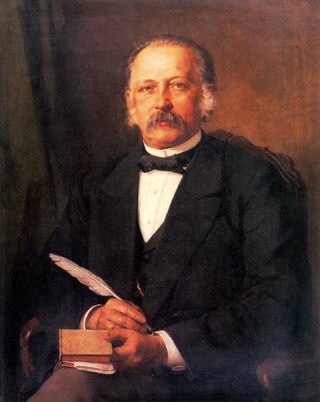
Theodor Fontane was a German novelist and poet, regarded by many as the most important 19th-century German-language realist author. He published the first of his novels, for which he is best known today, only at age 58 after a career as a journalist.
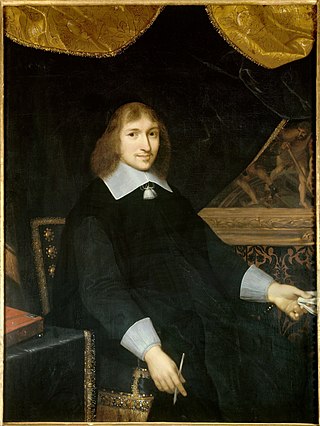
Nicolas Fouquet, marquis de Belle-Île, vicomte de Melun et Vaux was the Superintendent of Finances in France from 1653 until 1661 under King Louis XIV. He had a glittering career, and acquired enormous wealth. He fell out of favor, accused of peculation and lèse-majesté. The king had him imprisoned from 1661 until his death in 1680.
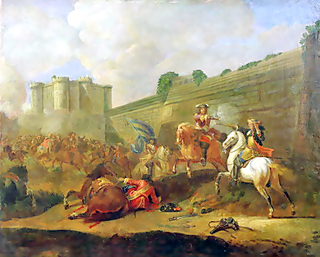
The Fronde was a series of civil wars in the Kingdom of France between 1648 and 1653, occurring in the midst of the Franco-Spanish War, which had begun in 1635. The government of the young King Louis XIV confronted the combined opposition of the princes, the nobility, the law courts (parlements), as well as much of the French population, and managed to subdue them all. The dispute started when the government of France issued seven fiscal edicts, six of which were to increase taxation. The parlements resisted, questioned the constitutionality of the king's actions, and sought to check his powers.

Jules Cardinal Mazarin, born Giulio Raimondo Mazzarino or Mazarini, was an Italian cardinal, diplomat and politician who served as the chief minister to the Kings of France Louis XIII and Louis XIV from 1642 to his death. In 1654, he acquired the title Duke of Mayenne and in 1659 that of 1st Duke of Rethel and Nevers.

Louis II de Bourbon, Prince of Condé, known as le Grand Condé for his military exploits, was a French general and the most illustrious member of the Condé branch of the House of Bourbon. He was one of Louis XIV's pre-eminent generals.

Anne-Geneviève de Bourbon was a French princess who is remembered for her beauty and amours, her influence during the civil wars of the Fronde, and her final conversion to Jansenism.

René Barjavel was a French author, journalist and critic who may have been the first to think of the grandfather paradox in time travel. He was born in Nyons, a town in the Drôme department in southeastern France. He is best known as a science fiction author, whose work often involved the fall of civilisation due to technocratic hubris and the madness of war, but who also favoured themes emphasising the durability of love.

La Fronde was a French feminist newspaper first published in Paris on 9 December 1897 by activist Marguerite Durand (1864–1936). Durand, a well known actress and journalist, used her high-profile image to attract many notable Parisian women to contribute articles to her daily newspaper, which was the first of its kind in France to be run and written entirely by women. She also had experience on other reputable publications, including La Presse and Le Figaro.
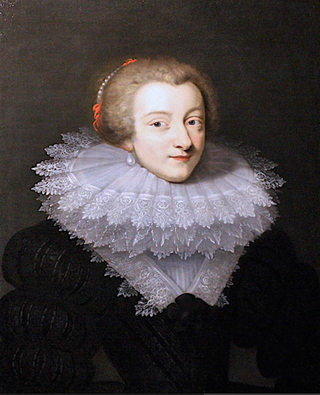
Marie Aimée de Rohan was a French courtier and political activist, famed for being the center of many of the intrigues of the first half of the 17th century in France. In various sources, she is often known simply as Madame de Chevreuse.
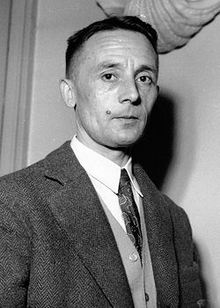
Julien Gracq was a French writer. He wrote novels, critiques, a play, and poetry. His literary works were noted for their dreamlike abstraction, elegant style and refined vocabulary. He was close to the surrealist movement, in particular its leader André Breton.

Henri II d'Orléans, duc de Longueville or Henri de Valois-Longueville, a legitimated prince of France and peer of France, served as governor of Picardy, then of Normandy, and was a major figure during the Fronde.

Goyencourt is a commune in the Somme department in Hauts-de-France in northern France.

Louis-Clair de Beaupoil comte de Saint-Aulaire was a French politician.

François de Vendôme, duc de Beaufort was the son of César, Duke of Vendôme, and Françoise de Lorraine. He was a prominent figure in the Fronde, and later went on to fight in the Mediterranean. He is sometimes called François de Vendôme, though he was born into the House of Bourbon, Vendôme coming from his father's title of Duke of Vendôme.

François d'Aubusson de La Feuillade, known as 6th duc de Roannais (1631–1691) was a French military officer and noble who served in the wars of Louis XIV and became a Marshal of France. He was also responsible for initiating the design and construction of the Place des Victoires, one of modern Paris' most famous landmarks.

Jane Misme (1865–1935) was a French journalist and feminist. She founded the feminist journal La Française, published from 1906 to 1934, and was a member of the executive of the French Union for Women's Suffrage and the National Council of French Women.

Georges d'Aubusson de La Feuillade was a French Catholic clergyman under Louis XIV, who served as Archbishop of Embrun (1649-1668), then Bishop of Metz (1669-1697). He also held a number of diplomatic posts and actively supported measures against French Huguenots; he died in May 1697 and was buried in Metz Cathedral.

Jean-Claude Deret, born Claude Breitman, was a French television writer, songwriter, actor, playwright and author of children's books and detective novels.
Guy Kerner was a 20th-century French stage and film actor.
References
- ↑ The Bibliophile Dictionary 1904 Nathan Haskell Dole, Forrest Morgan, Caroline Ticknor "Deals with the later phases of the war of the Fronde; the imprisonment of the Prince de Comde and his relatives by Mazarin, the revolt incited at Bordeaux by his wife, and the various cabals and dissensions consequent on these acts, "